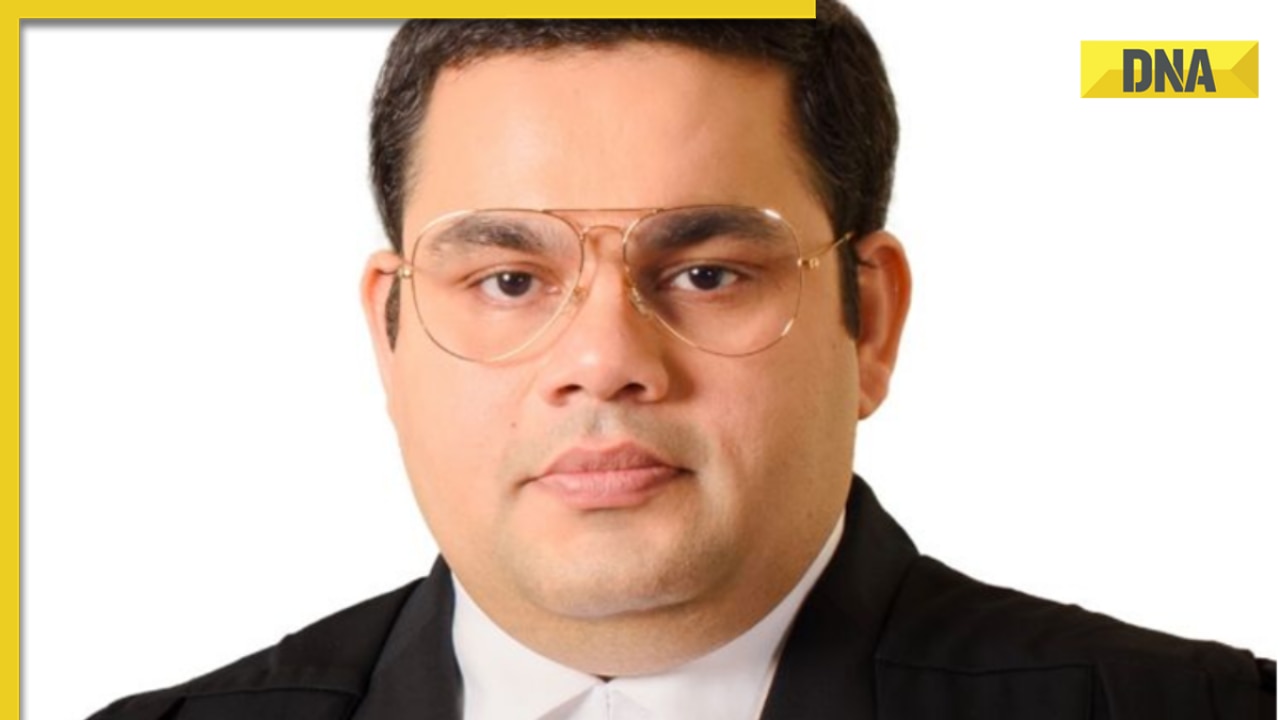Play all audios:
The Insolvency and Bankruptcy Code (IBC) was introduced in India to address a longstanding problem in the country's financial and economic landscape. Prior to the IBC's
implementation, India's insolvency and bankruptcy resolution framework was fragmented, slow, and often ineffective. The Insolvency and Bankruptcy Code (IBC) was introduced in India to
address a longstanding problem in the country's financial and economic landscape. Prior to the IBC's implementation, India's insolvency and bankruptcy resolution framework was
fragmented, slow, and often ineffective.The existing legal framework for dealing with insolvency cases in India was cumbersome and lacked a well-defined, time-bound resolution process. This
led to delays, resulting in deteriorating asset values and a lack of incentives for creditors to cooperate. The IBC code was introduced in 2016 and was touted to be a game changing law
which would allow companies an easy and time-bound exit. Many creditors found it to be a breath of fresh air in the lending industry which was mired in endless litigation, delays, and huge
losses. At the start of its implementation, a default of as small as ₹1 lakh could lead to insolvency proceedings being initiated by the affected creditor. This gave creditors the confidence
that borrowers, especially promoters, would take their debt obligations seriously. In IBC there are three stakeholders the play key role * CoC (Committee of Creditors): The CoC is a
committee comprising of financial creditors, and it plays a central role in the insolvency process. The CoC is responsible for approving or rejecting resolution plans and making important
decisions during the process. * Resolution Professionals:RP is a licensed insolvency professional who is appointed to manage the affairs of the corporate debtor during the insolvency
process. The resolution professional is responsible for conducting the resolution process, preparing a resolution plan, and ensuring the fair treatment of all stakeholders. * Corporate
Debtors: This is the entity undergoing insolvency proceedings, such as a company or individual. Though the intention of the IBC code was good, it was later bogged down with delays. _“IBC
Code faced some hiccups during the initial stage which were expected to be resolved in coming years. After a survey it was noted that around 60-65% of the average total delay was due to time
taken in obtaining an approval for a resolution plan from the committee of creditors (CoC) and the adjudicating authority, the bankruptcy courts”_ says Dr Kislay Pandey who is top Supreme
Court lawyer and NCLT (National Company Law Tribunal) expert. But it does not mean that IBC story has lost its steam. A later statistic proves this. As per report by Insolvency and
Bankruptcy Board of India (IBBI), since its inception in 2016, around 65% of the cases reported under Corporate Insolvency Resolution Process (CIRP) have been closed, which is an impressive
number. But only 9% of the cases were resolved where resolution plan was approved by CoC and other stakeholders. In the entire liquidation process, it is the CoC and courts who have been
bottlenecks. Also, Public Sector banks are very risk averse and do not take decisions quickly. Their recovery expectations are very high, and they are not keento get into legal or vigilance
related audits. Experienced corporate attorney Dr Kislay Pandey is his analysis of the situation states_,” Banks should be given independence to take bold decisions. Their conservative
attitude leads to unnecessary delays and court cases. At times they refrain from taking pragmatic decisions.” _ Corporate lawyers and experts agree that a thorough reevaluation is necessary
to create an effective insolvency system which suits India's unique circumstances, like limited court capacity and excessive regulatory hurdles. It is imperative that the government
takes timely action, as any delay risks reducing the effectiveness of the Insolvency and Bankruptcy Code (IBC) and may cause stakeholders, who once saw it as a savior, to lose faith and seek
alternative solutions.

